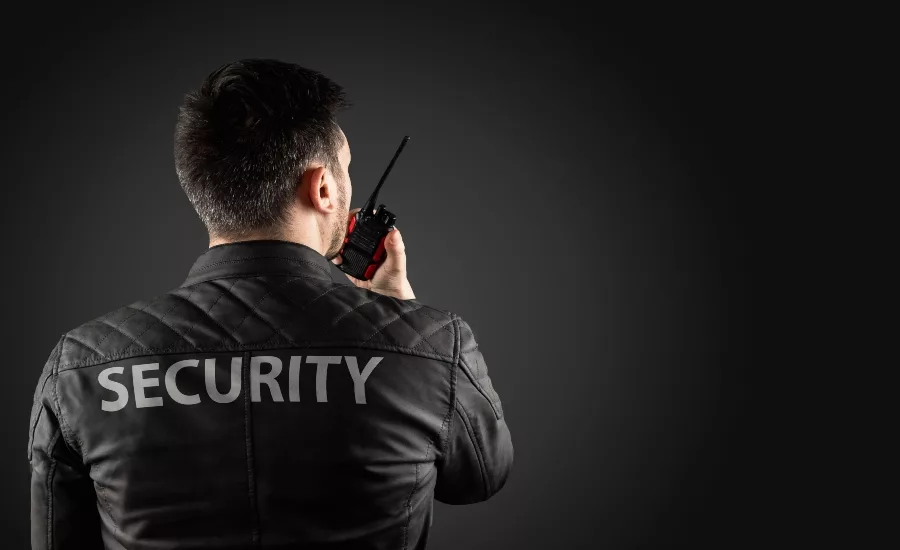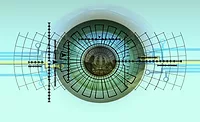The fine line of security’s role as a deterrent: How people process and technology influence response

In recent news, there has been a growing trend of retail location shoplifting. The epicenter of this has been around pharmacies (CVS, Walgreens) in the San Francisco Bay Area. Proposition 47 has made any theft of under $950 considered a misdemeanor of petty theft, and criminals are taking advantage of this at scale. One such incident in particular has made headlines, with a brazen shoplifter stealing merchandise while a security guard observed and videotaped the incident. In the video, the guard is seen attempting - without success - to grab the thief's bag as they escape on a bicycle they brought into the store.
The optics of this incident are not very good for the officer. However, the security officer was likely executing his job duties well according to his training. This is an important aspect of physical security training that deserves a closer look.
Security Officers Are Trained to Minimize Risk at All Times
For most security organizations, there are policies and procedures in place to handle loss prevention in retail environments. There is a risk assessment that organizations must make in these situations; one that weighs the cost of goods stolen with the human cost of escalating a situation. Consider this example:
A shoplifter is observed stealing what amounts to $300 worth of merchandise in a retail store, with both patrons and employees present. If the security officer escalates the situation through physical apprehension, they are risking the lives of those people if the situation escalated. Furthermore, should the thief sustain injury during an escalation, the company could potentially face lawsuits from the thief or backlash from the community. For $300 worth of merchandise, the risk is simply too great.
Security organizations train their team to “observe and report” when there is a potential situation. They are trained to practice situational awareness and understand the risks of intervention beyond what is considered acceptable. In other cases, the security team must follow the policy of the retail organization they are protecting. Oftentimes, the retail organization’s policy will prohibit any employee – whether they are directly employed or contracted – to engage with a shoplifter. Leveraging a risk-based approach here matters immensely.
Security Officers as a Deterrent: A Role Currently Challenged
For industries such as retail establishments, the role of security is generally broken into three critical functions:
- Serve as a Deterrent: The mere presence of a security guard is designed to disincentivize any potential criminal from committing a crime. If a would-be criminal enters a store and sees a guard on site, they may think twice about the crime.
- Verbal Engagement: A security officer can take certain steps to de-escalate a situation within a limit of mitigating risk. A verbal warning and command to cease and desist can scare off criminals in many cases.
- Observe and Report: If all else fails, and the incident continues, then security takes the observe and report approach. In order to minimize risk, they are tasked with documenting and recording the incident, with minimal interaction to avoid risk of harm.
In recent months, these processes have been challenged. More and more criminals are becoming brazen in their attempts in retail establishments, to the point at which certain metro areas, such as San Francisco, have three times more security than anywhere else in the country. Combine this with new laws and pandemic-related demand, and the security officer’s role as a deterrent becomes more challenging than ever.
How People, Process and Technology are Influence the Response of Security
This is a fine line that security officers have to walk in these challenging times. It is a common, emotional response to want to see authority figures “take down” a criminal in these situations, and when they don’t the reaction is often visceral. However, having proper situational awareness and balancing risk over the perceived reward is important to understand. People, processes and technology all play a part in the security role:
- Protecting People Is Job #1: Ensuring that officers are trained to understand the best way to keep people out of harm's way while de-escalating an incident is the biggest part of a security team’s responsibility. This starts from day one of an officer’s onboarding and training and is a continual process. Continual training and real-time updates on new ways to handle threats are important. As incidents such as the one above happen, the ability to learn and send out notifications to other officers in order to reinforce their training becomes important. This all needs to be done quickly and in real-time.
- Adherence to the Process will Mitigate Risk: Whether it is the corporate policy or the security firm policy, having officers follow these processes can ensure that harm to anyone during an incident is minimized. There are also times in which officers need real-time communication with their supervisors. Having real-time post order notifications help to communicate policies, warn of potential threats, and reinforce the processes to minimize those risks.
- Technology will help to Observe and Report: Mobile technology is becoming the tool of choice for officers to record and report incidents such as these. The most critical thing when looking at incidents such as these is getting the information to the command center and then the local authorities. These events happen quickly and having the ability to upload incident data and have police receive it in minutes can help apprehension occur properly and swiftly. Being a trusted partner with these authorities and having strong communication is critical to the success of the security role.
Will the Security Role Change Going Forward?
There’s a lot to unpack in the current situation with respect to security officers in today’s world. While this particular example does not have great optics on the surface, the response is sound once you consider the larger context of the current security landscape. Protect people, minimize risk, and observe and report. The role of security is first and foremost a visual deterrent; something to give second thought to bad behavior and assurance for those under their protective watch. This, combined with an added benefit of technology gives a real-time response element to incidents and threats. It is a complex role that has a line that is not always easy to walk, but security officers need to weigh the risks to ensure they meet their objective.
Author's note: After this article was written, it has been reported that the thief in question has been apprehended by SF police. It isn’t clear as to whether the information collected from the security officer contributed to the apprehension, but police had been tracking multiple incidents from this individual.
Looking for a reprint of this article?
From high-res PDFs to custom plaques, order your copy today!








